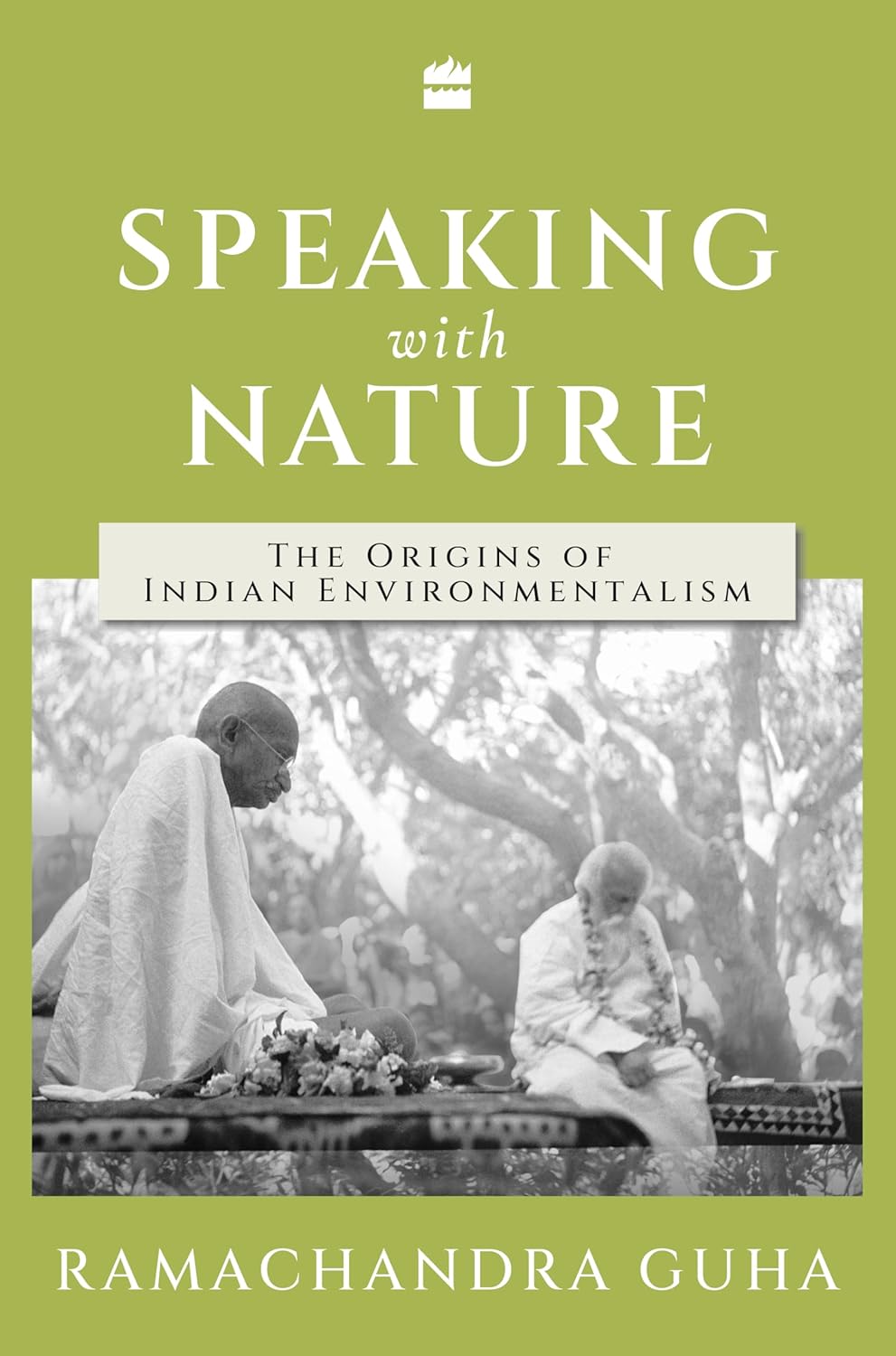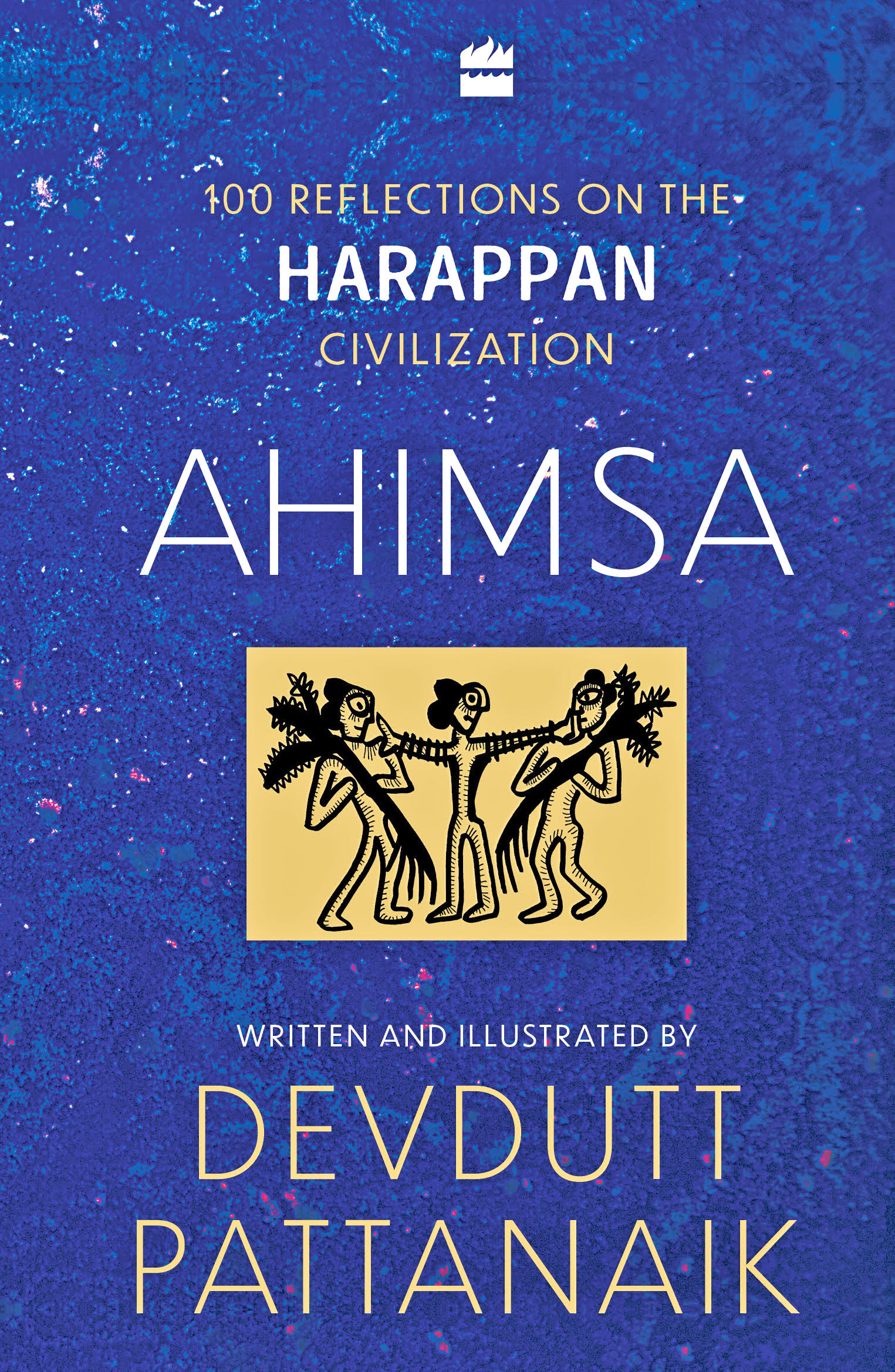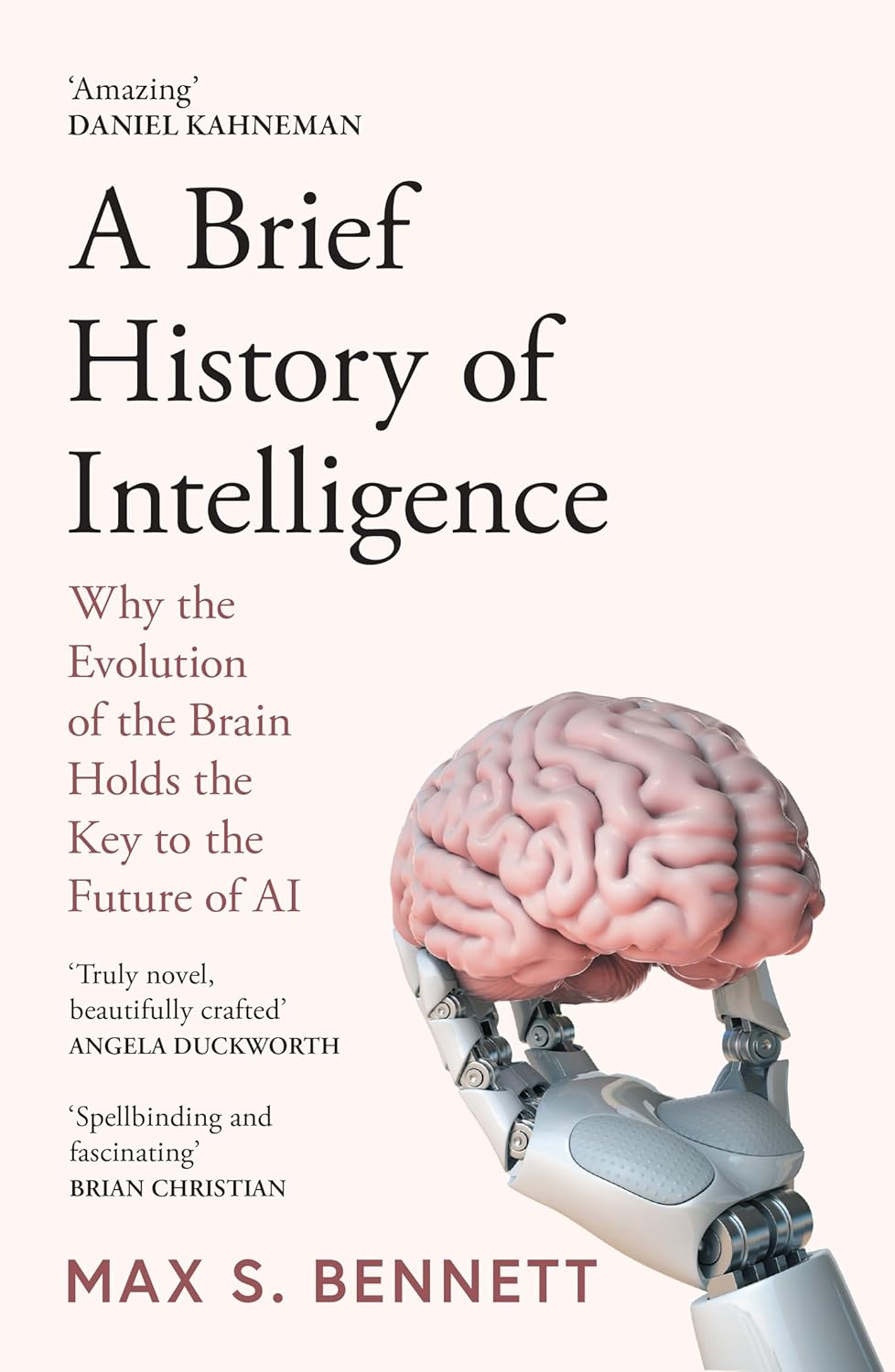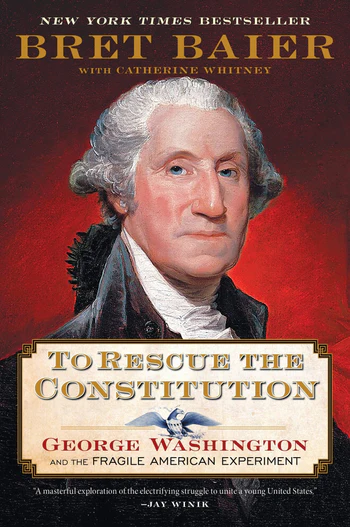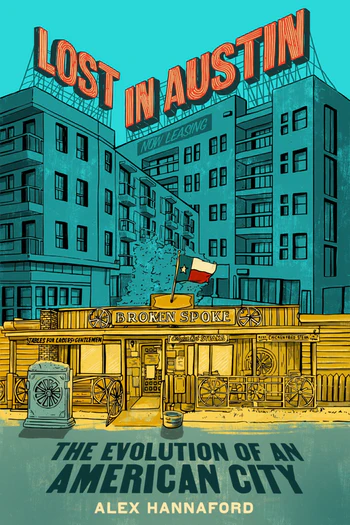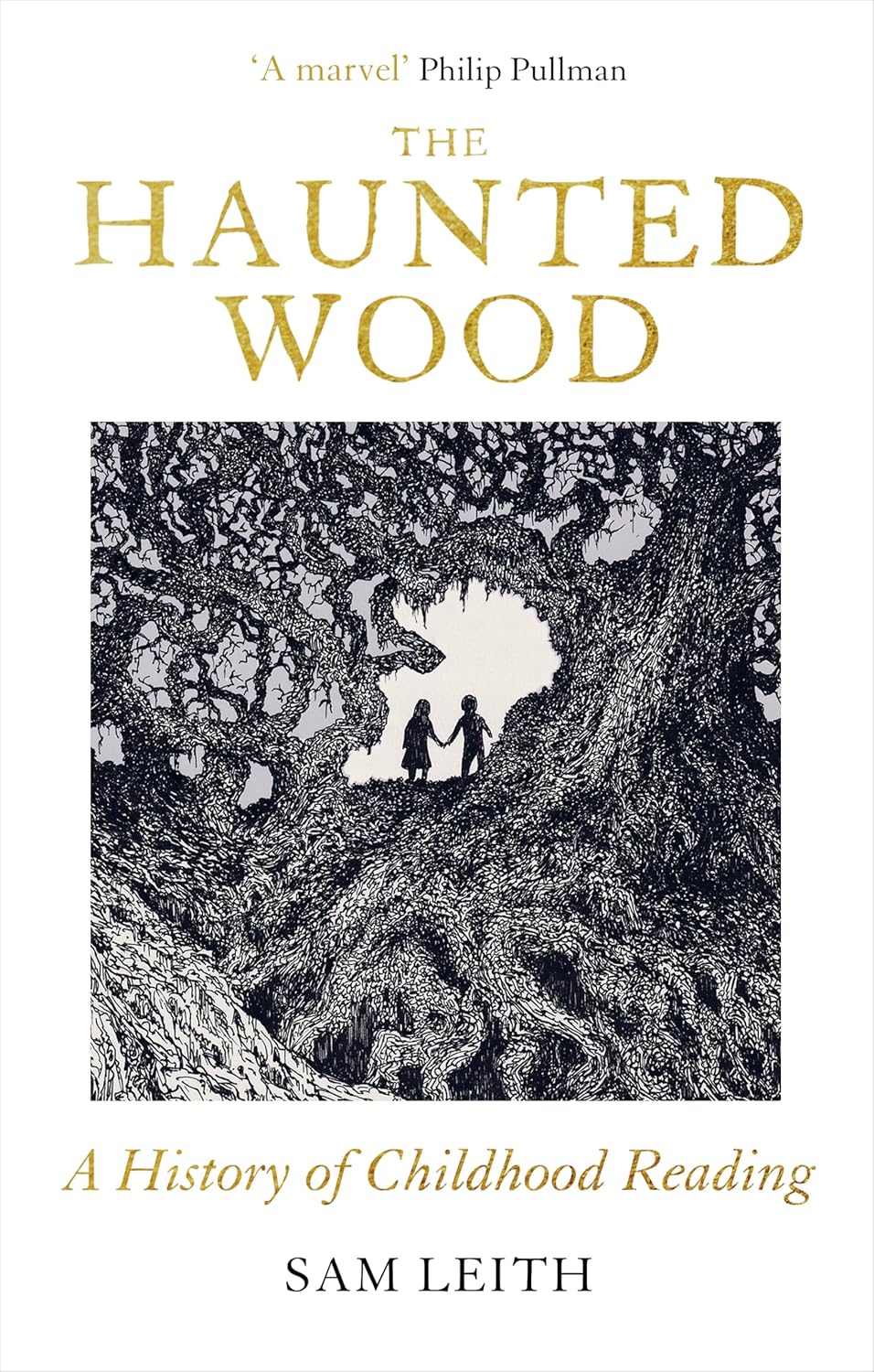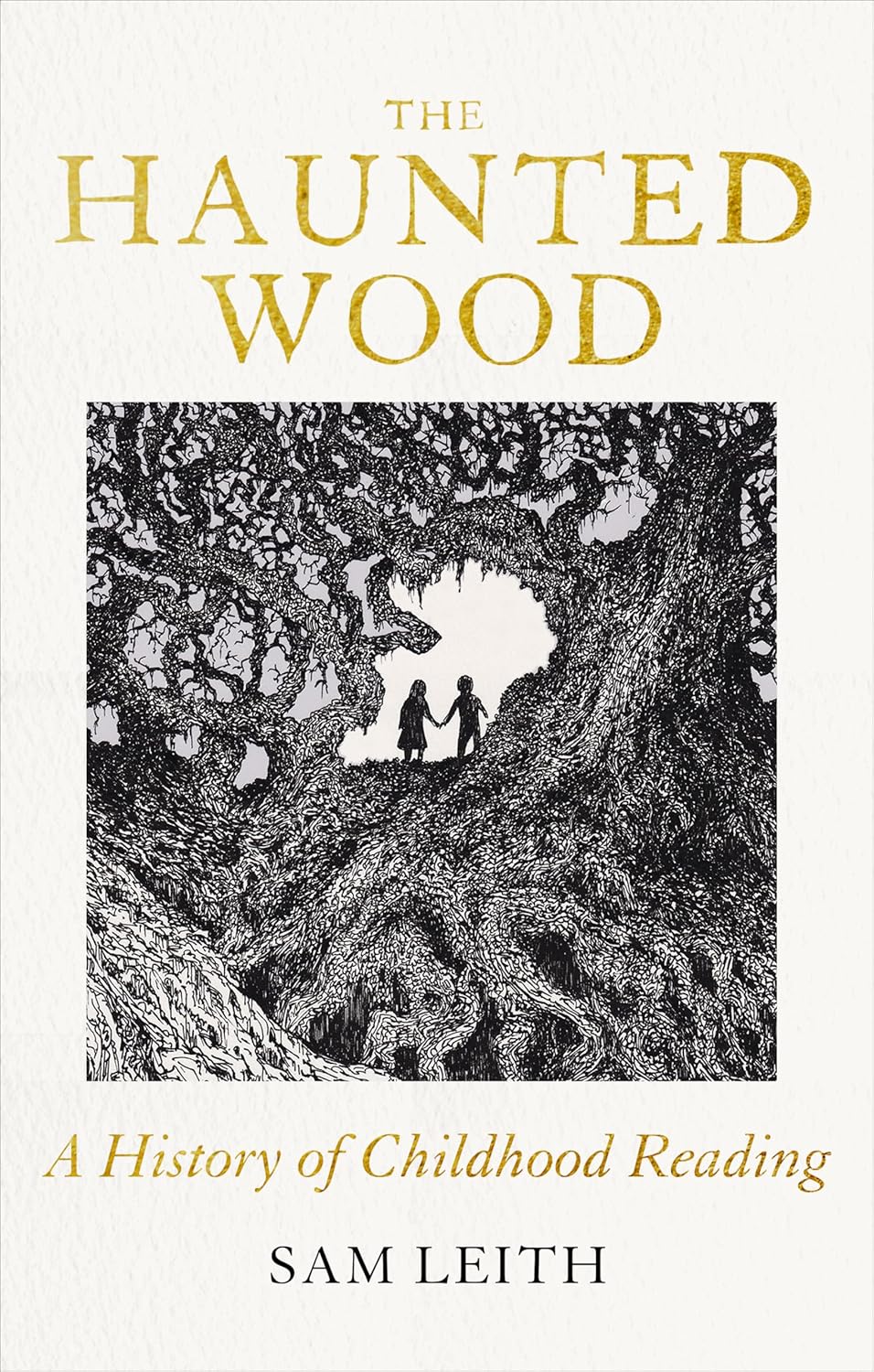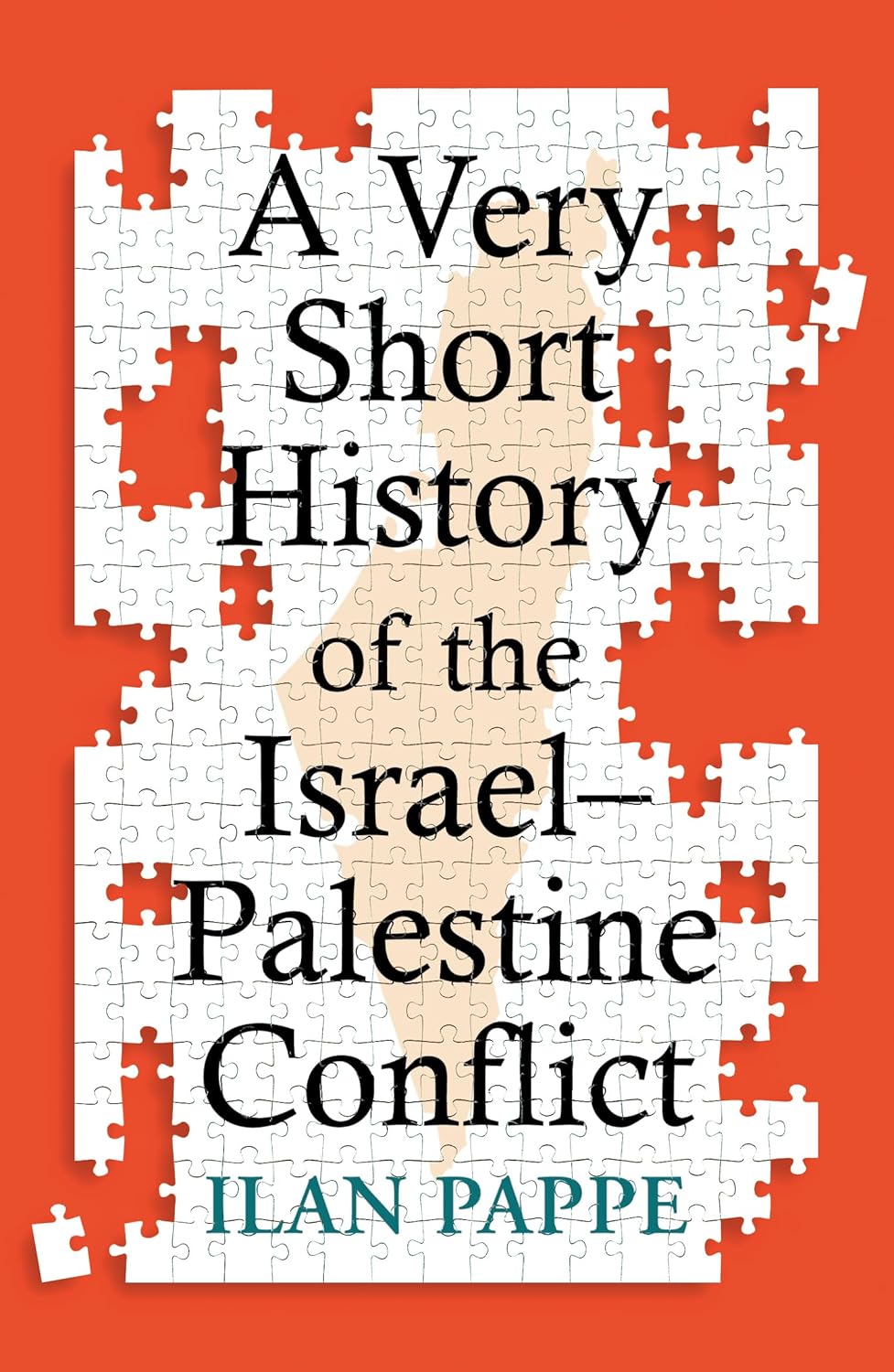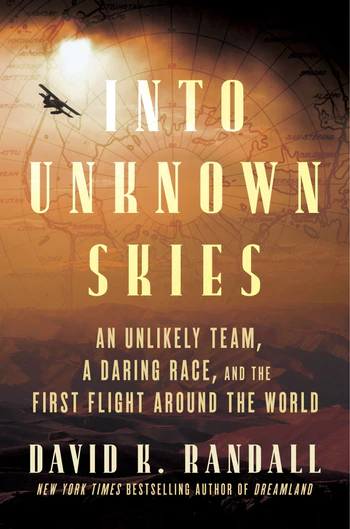History
Featured Products
FALSE ALLIES (PB) India’s Maharajahs in the Age of Ravi Varma
₹611.32
M.R.P.:₹ 899.00
You Save: ₹287.68 (32.00% OFF)
A Brief History of Intelligence Why the Evolution of the Brain Holds the Key to the Future of AI
₹539.10
M.R.P.:₹ 599.00
You Save: ₹59.90 (10.00% OFF)
To Rescue the Constitution George Washington and the Fragile American Experiment
₹719.10
M.R.P.:₹ 799.00
You Save: ₹79.90 (10.00% OFF)
Lost in Austin The Evolution of an American City
₹1,065.18
M.R.P.:₹ 1,299.00
You Save: ₹233.82 (18.00% OFF)
The Haunted Wood A History of Childhood Reading
₹899.10
M.R.P.:₹ 999.00
You Save: ₹99.90 (10.00% OFF)
The Haunted Wood A History of Childhood Reading
₹2,069.10
M.R.P.:₹ 2,299.00
You Save: ₹229.90 (10.00% OFF)
A Very Short History of the Israel–Palestine Conflict
₹359.10
M.R.P.:₹ 399.00
You Save: ₹39.90 (10.00% OFF)
Into Unknown Skies An Unlikely Team, a Daring Race, and the First Flight Around the World
₹1,305.00
M.R.P.:₹ 1,450.00
You Save: ₹145.00 (10.00% OFF)


